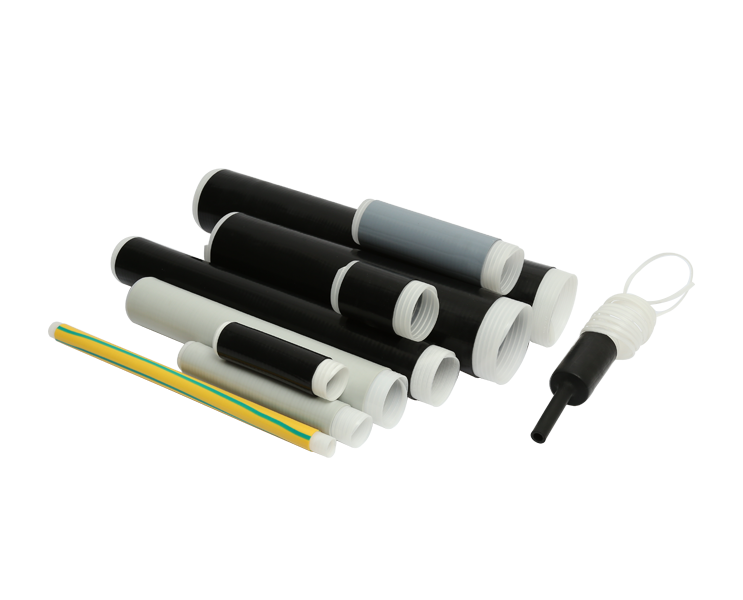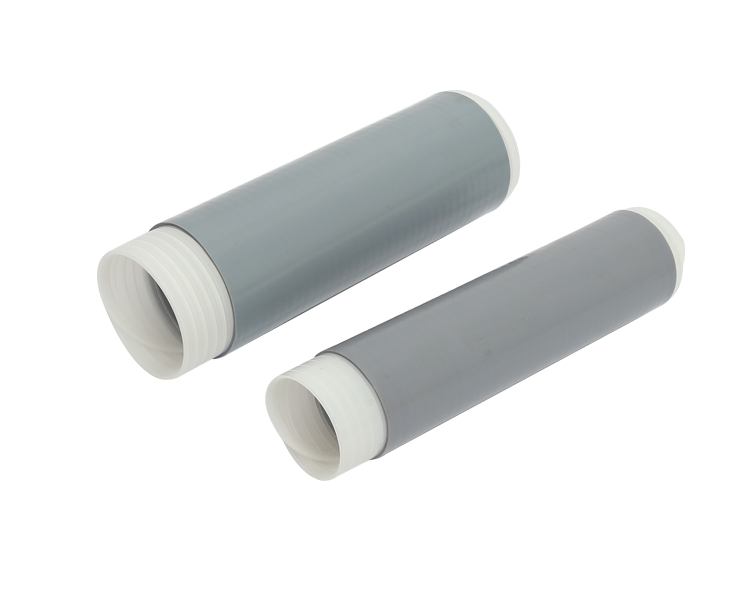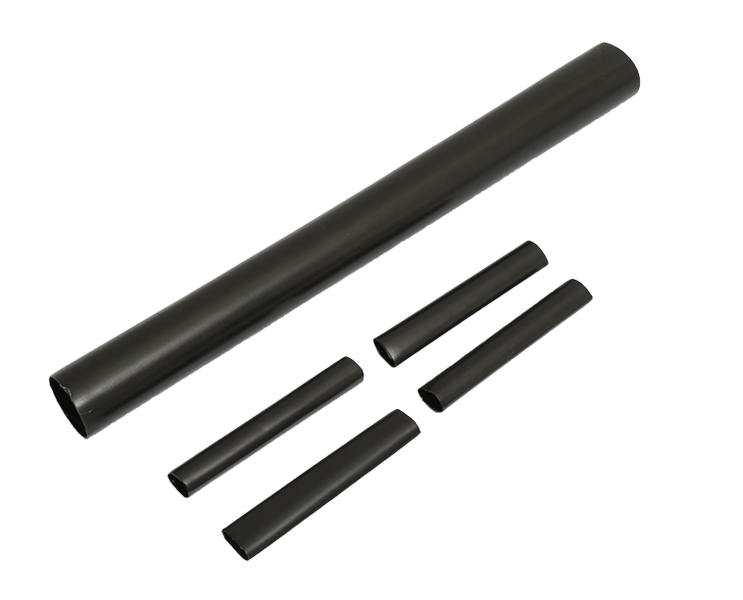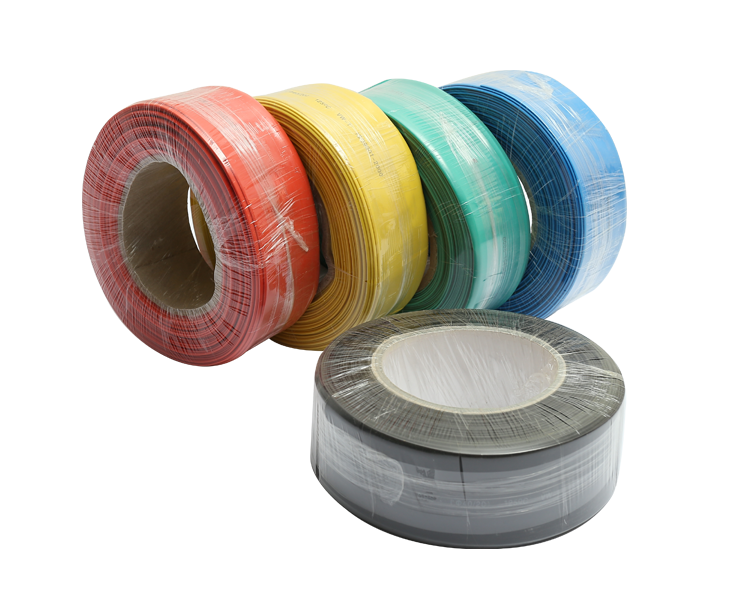In the realm of cable insulation and protection, the choice between different materials can significantly impact the performance and durability of cable systems. Cold shrink tubes, specifically EPDM (Ethylene Propylene Diene Monomer) and silicone rubber variants, have gained prominence as reliable solutions for cable insulation, sealing, and environmental protection.
EPDM cold shrink tubes are engineered from ethylene propylene diene monomer rubber, a synthetic rubber material known for its excellent resistance to environmental elements such as sunlight, ozone, and moisture. This resilience makes EPDM an ideal choice for outdoor applications where exposure to harsh conditions is expected. EPDM cold shrink tubes offer exceptional tensile strength, elongation properties, and resistance to abrasion, contributing to their suitability for rugged environments.
One of the key advantages of EPDM cold shrink tubes is their ability to withstand a wide range of temperatures. EPDM exhibits excellent performance across both high and low temperature extremes, making it an attractive option for regions with fluctuating climate conditions. This characteristic ensures that cable insulation remains intact and effective even in challenging weather scenarios.
Silicone rubber cold shrink tubes, on the other hand, are crafted from silicone elastomers, which provide exceptional flexibility and elasticity. Silicone rubber's inherent heat resistance and flame retardant properties make these cold shrink tubes suitable for applications where exposure to elevated temperatures is a concern. The material's self-extinguishing nature adds an extra layer of safety, particularly in scenarios where fire risks are present.
Silicone rubber cold shrink tubes excel in applications that demand high dielectric strength and electrical insulation. This makes them ideal for use in power distribution networks, telecommunication systems, and other industries where maintaining a reliable electrical connection is paramount. The silicone rubber's stability and resistance to electrical breakdown contribute to uninterrupted signal transmission and power distribution.
Comparing Performance Characteristics
1. Environmental Resistance:
- EPDM: EPDM cold shrink tubes offer excellent resistance to outdoor elements, UV radiation, and moisture, making them suitable for outdoor applications.
- Silicone Rubber: Silicone rubber cold shrink tubes excel in high-temperature environments and resist heat, making them ideal for applications where thermal exposure is prevalent.
2. Temperature Range:
- EPDM: EPDM demonstrates exceptional performance across a wide temperature range, providing stability in varying climate conditions.
- Silicone Rubber: Silicone rubber maintains its integrity and electrical properties at elevated temperatures, making it suitable for high-temperature environments.
3. Electrical Properties:
- EPDM: EPDM offers good electrical insulation properties, contributing to effective cable protection and signal transmission.
- Silicone Rubber: Silicone rubber's high dielectric strength and insulation properties make it an excellent choice for electrical applications.
Considerations and Application Areas
The choice between EPDM and silicone rubber cold shrink tubes depends on the specific requirements of the application. EPDM's outdoor durability makes it a top contender for cable systems exposed to weather extremes, while silicone rubber shines in environments with high temperatures and stringent electrical demands.
In power distribution networks, telecommunications, and industrial settings, silicone rubber cold shrink tubes provide reliable insulation and protection. In contrast, EPDM cold shrink tubes find their niche in outdoor installations, such as overhead power lines, where moisture and UV exposure are significant concerns.
Both EPDM and silicone rubber cold shrink tubes offer valuable solutions for cable insulation and protection. The choice between the two materials depends on factors such as environmental conditions, temperature ranges, and electrical performance requirements. By understanding their unique attributes, industries can make informed decisions to ensure the longevity, reliability, and efficiency of their cable systems.

 English
English 简体中文
简体中文



